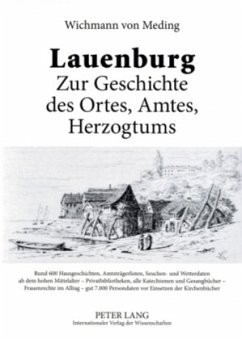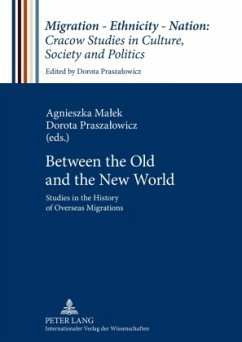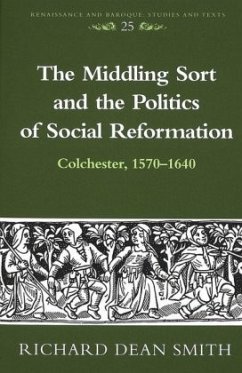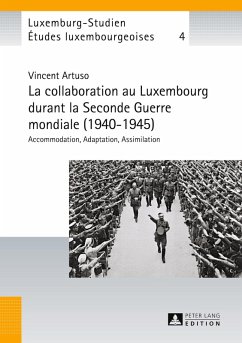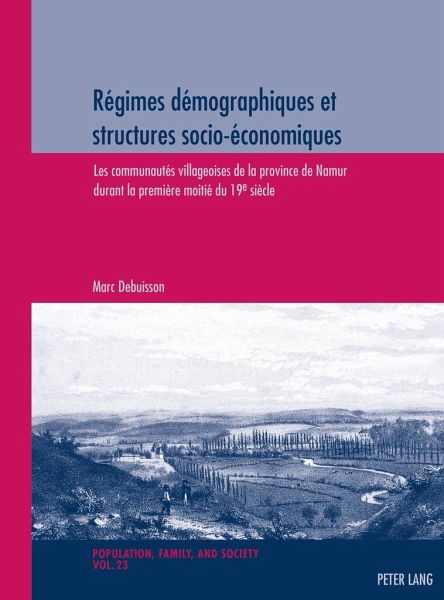
Régimes démographiques et structures socio-économiques
Les communautés villageoises de la province de Namur durant la première moitié du 19e siècle
Versandkostenfrei!
Versandfertig in 6-10 Tagen
139,60 €
inkl. MwSt.

PAYBACK Punkte
0 °P sammeln!
Un terroir et une population : entre les deux se sont tissés des liens qui forment plus qu'un espace, une structure de vie construite par la communauté villageoise. Le concept de régimes démographiques a tardé à s'imposer dans les analyses en démographie historique. Pourtant, cette approche permet d'intégrer deux dimensions longtemps négligées en démographie : les migrations et le terroir. En ce début du 19 e siècle, dans la province de Namur (Belgique) confrontée aux bouleversements de la révolution industrielle, les comportements démographiques des communautés villageoises o...
Un terroir et une population : entre les deux se sont tissés des liens qui forment plus qu'un espace, une structure de vie construite par la communauté villageoise. Le concept de régimes démographiques a tardé à s'imposer dans les analyses en démographie historique. Pourtant, cette approche permet d'intégrer deux dimensions longtemps négligées en démographie : les migrations et le terroir. En ce début du 19 e siècle, dans la province de Namur (Belgique) confrontée aux bouleversements de la révolution industrielle, les comportements démographiques des communautés villageoises ont dû s'adapter à l'évolution physique, économique et sociale de leur environnement qui, lui-même, était modelé par l'essor sans précédent de la population. A partir d'une analyse quantitative de près de 400 communes de la province de Namur, six communes-cas reflétant la grande diversité des régimes démographiques ont été retenues pour une approche mêlant quantitatif, en observant 8'000 individus, et qualitatif, en recourant aux archives locales. Cette recherche tente en effet de réconcilier le quantitatif et le qualitatif, le macro et le micro en privilégiant un niveau méso : la communauté villageoise.



